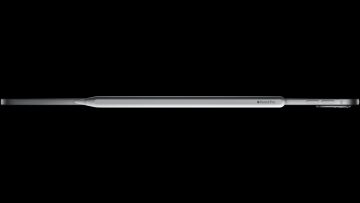A report today from the South China Morning Post claims that Foxconn, Apple’s longtime manufacturing partner, has replaced over half of its workforce with robots. That’s bad news for the workers and good news for Apple’s bottom line, but it also hints at something else: the solution to Apple’s offshore manufacturing “problem.”
DON’T MISS: This is the OnePlus 3 feature the iPhone 7 has to copy
“Made in the USA” has a certain kind of cachet, but for decades, even high-tech manufacturing has been vanishing to China and south-east Asia. Companies quote lower prices and higher-skilled specialist manufacturing as the reasons, which is almost certainly true.
Everyone, including our soon-to-be President Trump, talks about bringing manufacturing back home, for obvious reasons. Factories in America means more jobs here — not just in the factories themselves, but in the industries that supply, clean, light and feed those factories.
But thanks to a difference in wages (and the loss of skills), American factories struggle to compete with those abroad. But what if the bulk of manufacturing involved robots, rather than people?
A separate report today paints a very different picture. Adidas, the kind of sneaker maker famous for using cheap labor, is bringing production back to Germany, a country with some of the highest wages in the world. Adidas is able to make the move because of robots. It’s automated the bulk of its production, and fundamentally, you can put robots anywhere in the world, and they’ll produce the same stuff.
Apple has long had ambitions of bringing its manufacturing home, most recently with the assembly of the Mac Pro. Doing so would provide a huge PR boost, not to mention making it easier to control its supply chain, with such a vital step taking place on American shores. But ultimately, it might take robots stealing all the jobs for Apple to be able to do so.










